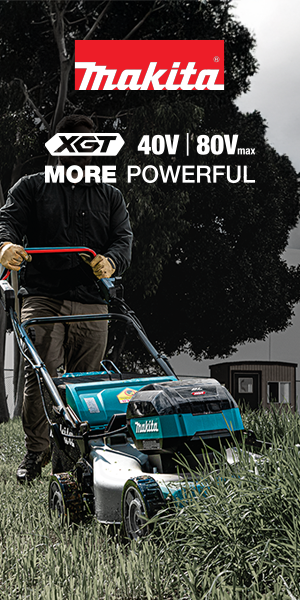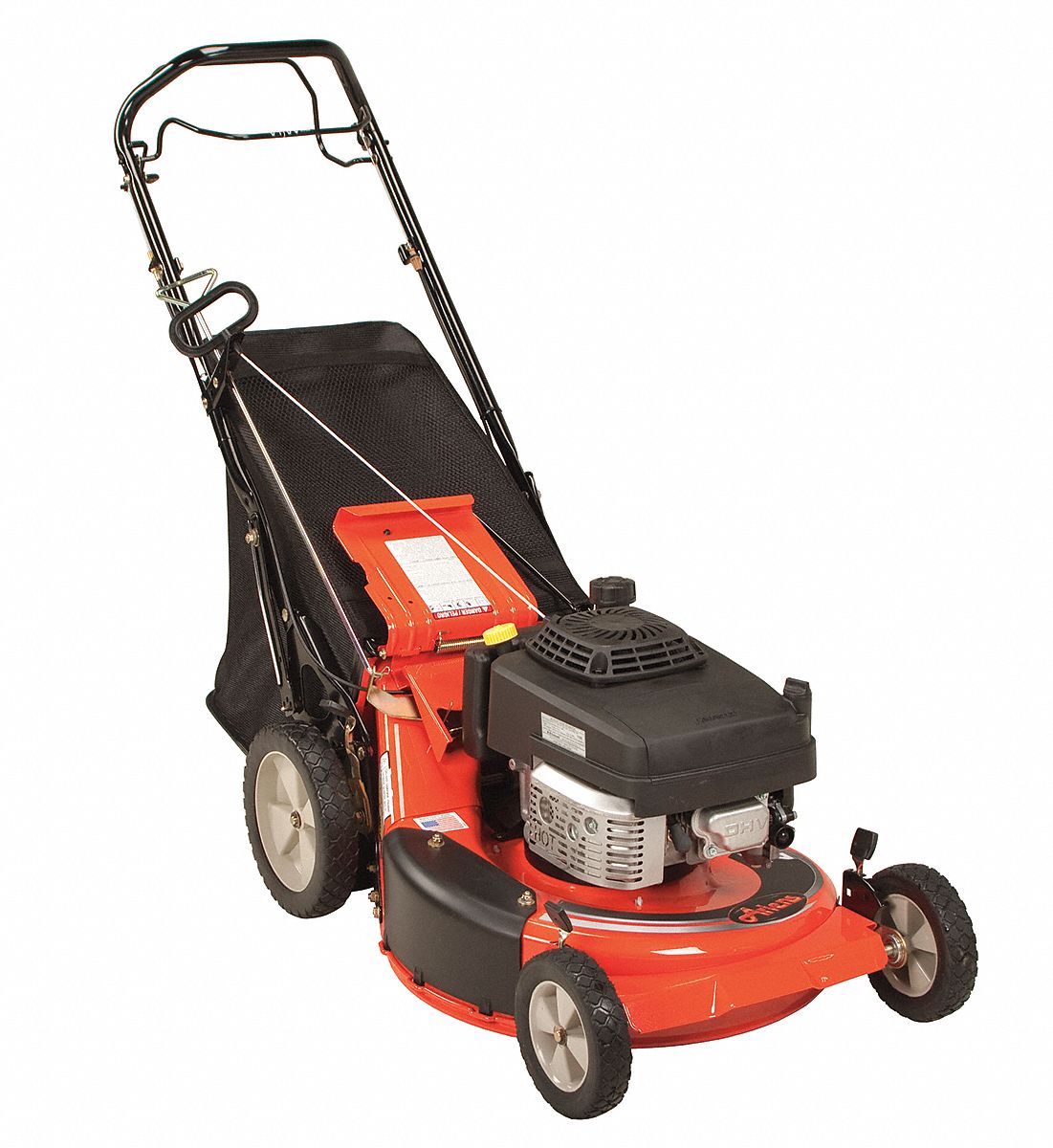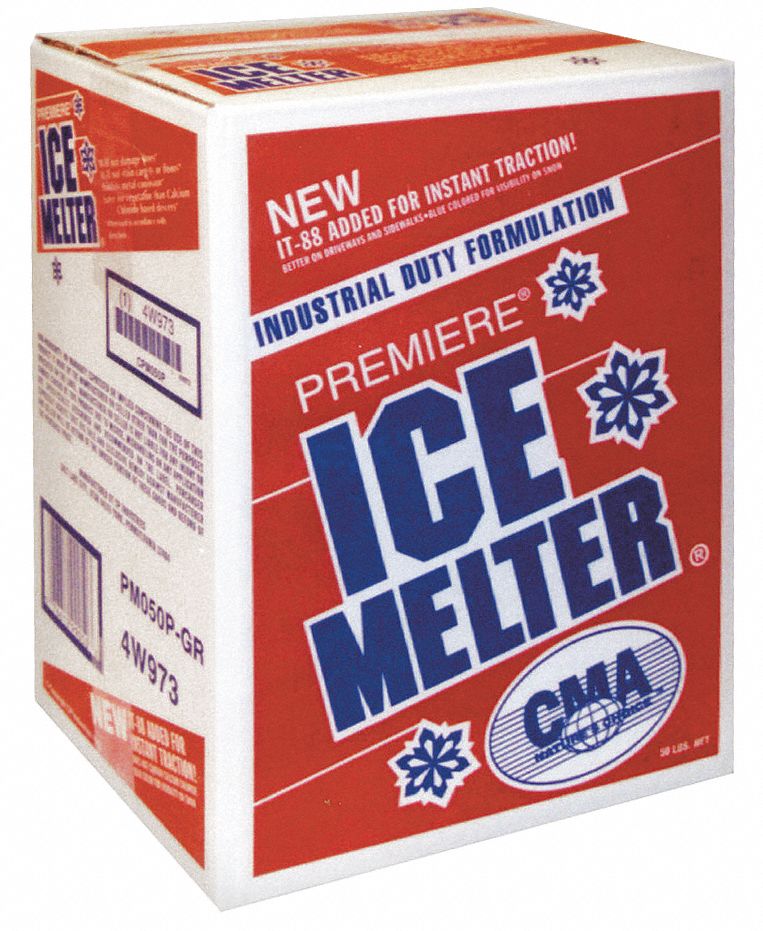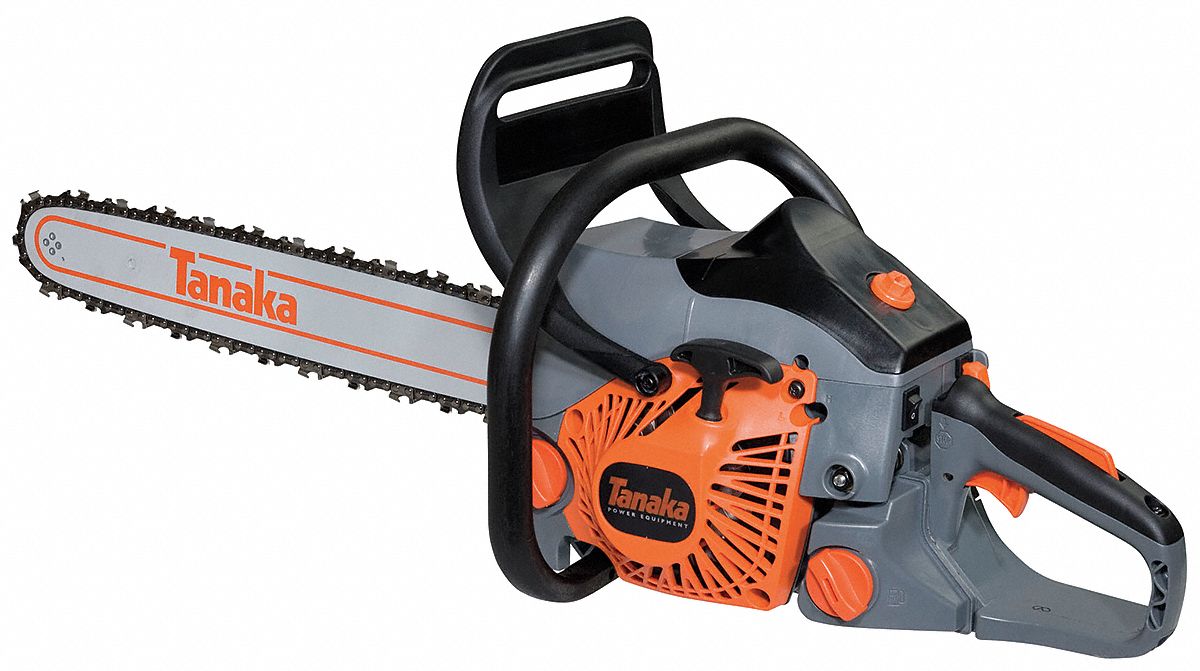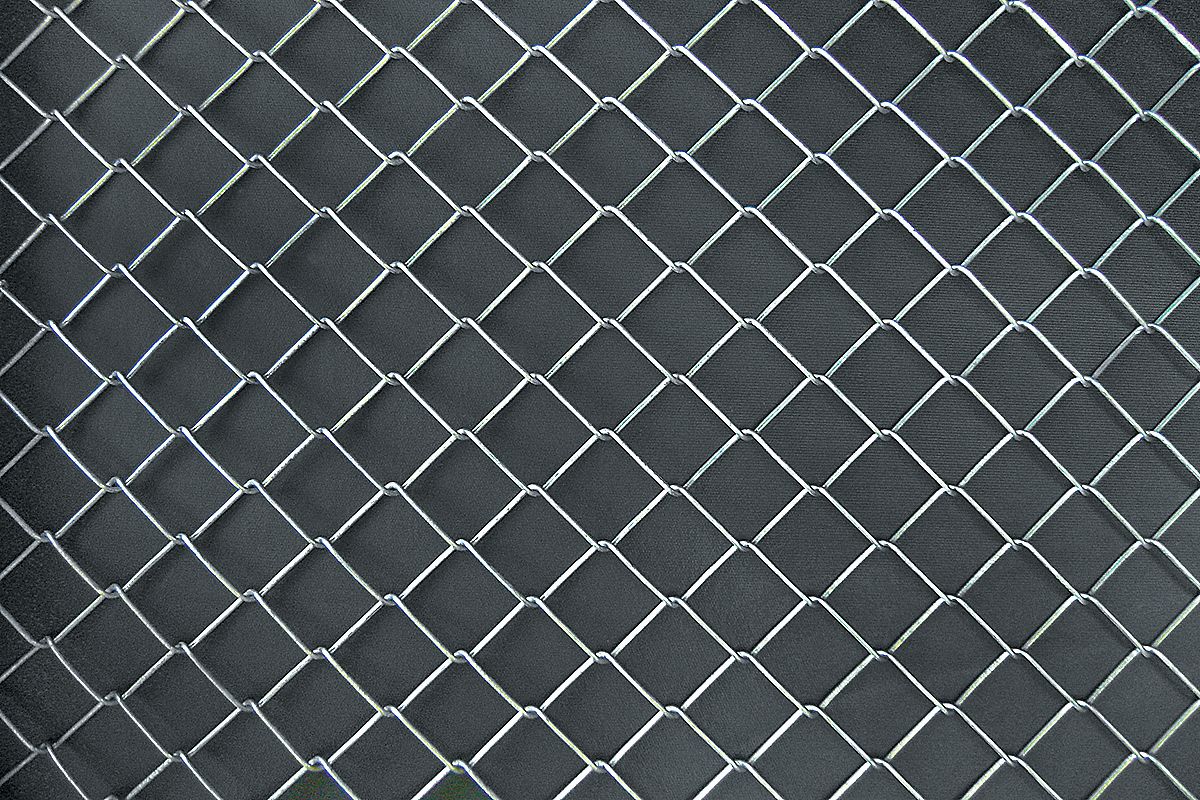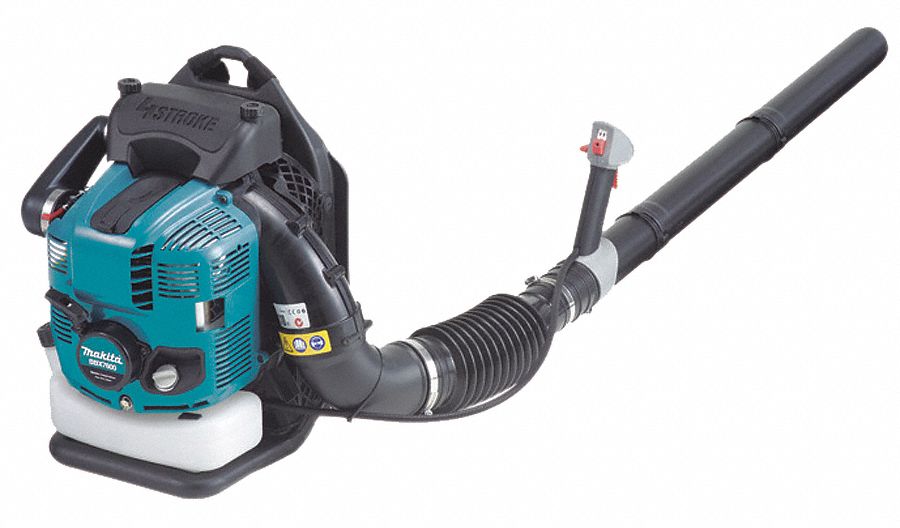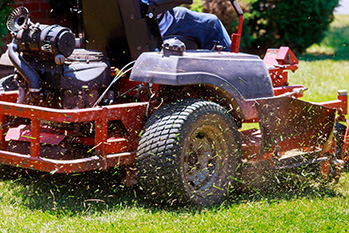

Lawn Mower Maintenance Checklists
By Grainger Editorial Staff 6/28/22
Lawns and landscapes require year-round maintenance and attention to stay healthy and looking great. To accomplish this, the equipment used for these tasks must also be maintained regularly. When your equipment is well-maintained, the job gets done more efficiently, your equipment lasts longer and performs better and the overall quality and aesthetics of the work is improved.
Whether your fleet of landscape equipment includes two mowers or 20, mowers in particular can take a real beating with regular use. In some parts of the U.S., the spring and summer months are especially hard on mowers and tractors. Regular maintenance attention through these high-use periods is critical.
Maintenance is Everyone’s Job
Every day mowers are taken to different jobsites by different people. So, it’s important to get operators involved with equipment maintenance. The first and most important step is accounting for all equipment. It’s not uncommon for tools and landscaping implements to get left behind accidentally on a jobsite, so before you begin any maintenance checks, be sure all mowers and related equipment is counted and returned.
Landscaping Equipment Maintenance Checklists
Whether you’re using a walk-behind gas or electric mower, a zero-turn or a tractor mower, these hard workers use many of the same parts, including blades, filters, throttles, spark plugs and aerators, all of which need regular maintenance or replacement. Therefore, each mower will need its own checklist that can help owners and operators monitor their condition. Maintenance checklists should include a way to note when maintenance checks have been performed on the parts most vulnerable to damage with regular use.
Many mower manufacturers recommend organizing maintenance tasks by hours of service. For example, a checklist for mowers could start with routine daily tasks such as clearing the belt area of grass clippings and checking the air filter. Then once the mower has been in service for 25 hours, you'll want to pay attention to a different set of tasks, including checking the battery connections and fluids. Mower components such as the radiator or bearings will only need to be checked every 500 hours or yearly. If you decide to organize your maintenance checklists by hours of service, make sure to consult the manufacturers operating manual for how often they recommend that each component be checked or serviced.
This downloadable log makes it easier for everyone to keep better maintenance records for lawn mowers.
Quick Checks: Blades and Tires
A common recurring maintenance issue with mowers is the blade. After repeated use, mower blades become dull and can’t deliver a clean cut. You can tell if a mower blade needs sharpening by inspecting a blade of grass. If the edge looks frayed, the mower blades are dull. This is as much a problem for the lawn as it is for the mower. Grass that is frayed is vulnerable to bacteria and disease, which can then spread causing more damage. Dull mower blades take longer to cut grass and can require more effort.
Most manufacturers recommend sharpening mower blades at least twice during a heavy landscaping season; once at the beginning and again toward the middle of the season. For heavy, regular use, some manufacturers recommend sharpening mower blades every 25 hours of use.
Tire punctures are another common problem with mowers and tractors. Green Industry Pros recommends keeping a tire plug kit handy in the truck or near the jobsite in case a tire is punctured from a nail, screw or irrigation flag. Tires should be checked daily for any signs of excessive wear, punctures or if they’re damaged beyond repair and need to be replaced.
Even with the best preventive maintenance schedule in place, breakdowns and equipment malfunctions still happen. Implementing a solid, reliable plan for regular maintenance will help reduce downtime due to unforeseen problems on the job.
The information contained in this article is intended for general information purposes only and is based on information available as of the initial date of publication. No representation is made that the information or references are complete or remain current. This article is not a substitute for review of current applicable government regulations, industry standards, or other standards specific to your business and/or activities and should not be construed as legal advice or opinion. Readers with specific questions should refer to the applicable standards or consult with an attorney.

